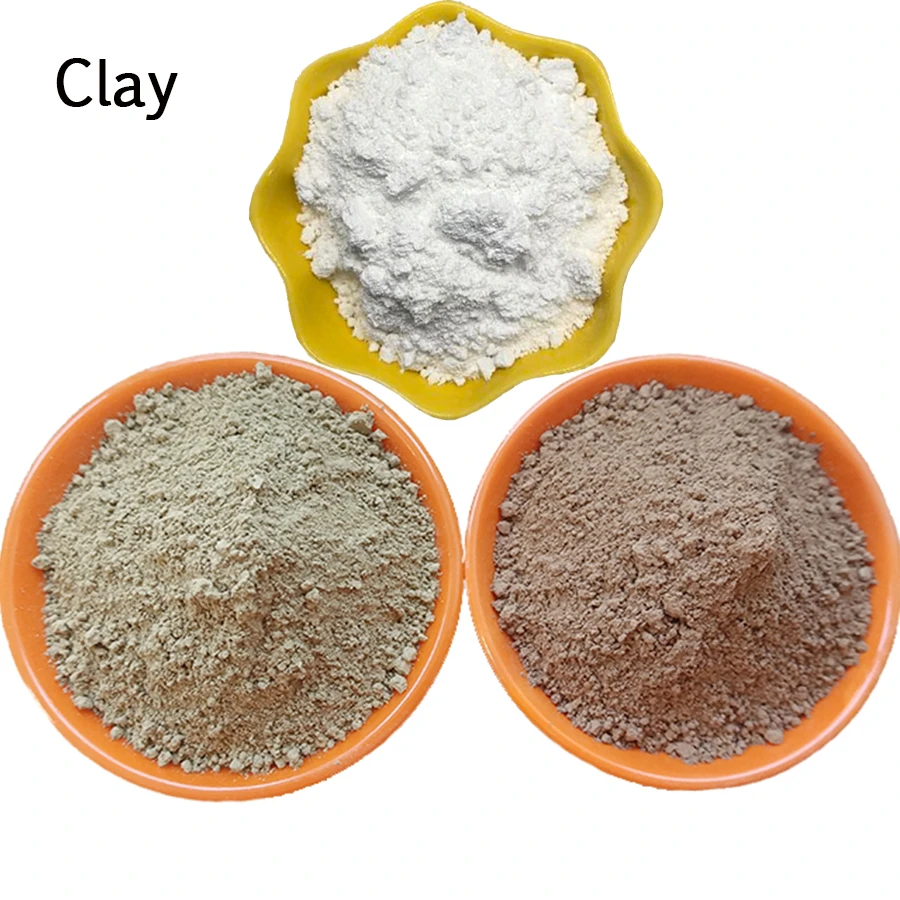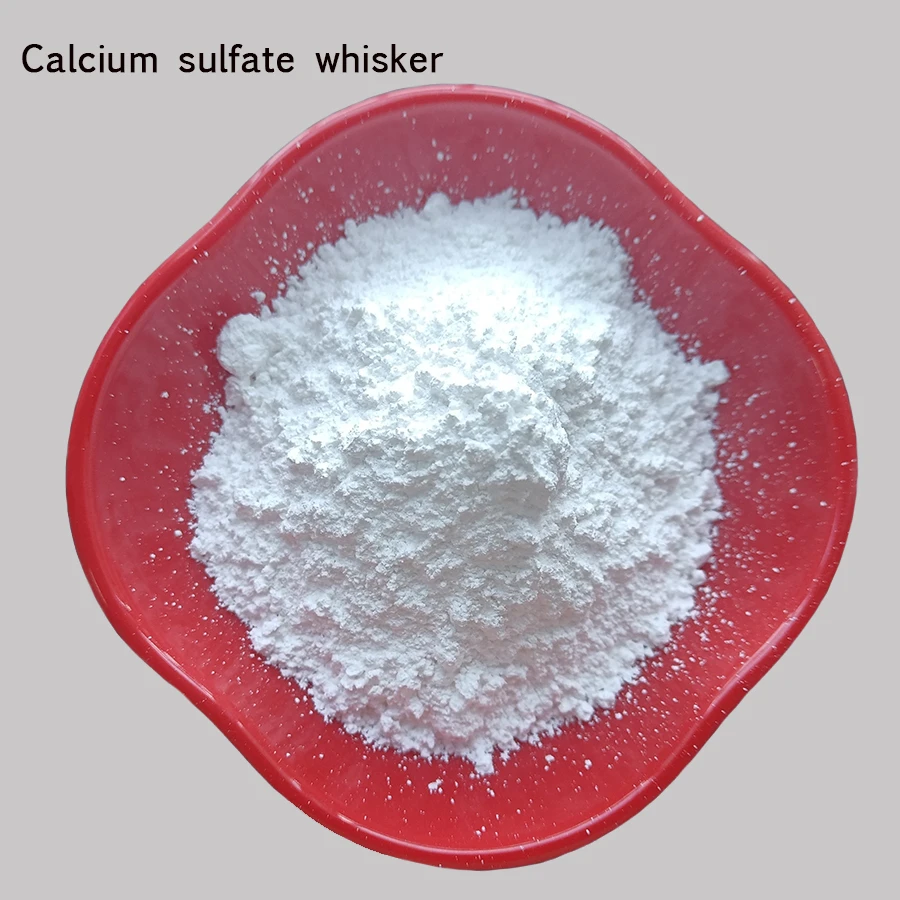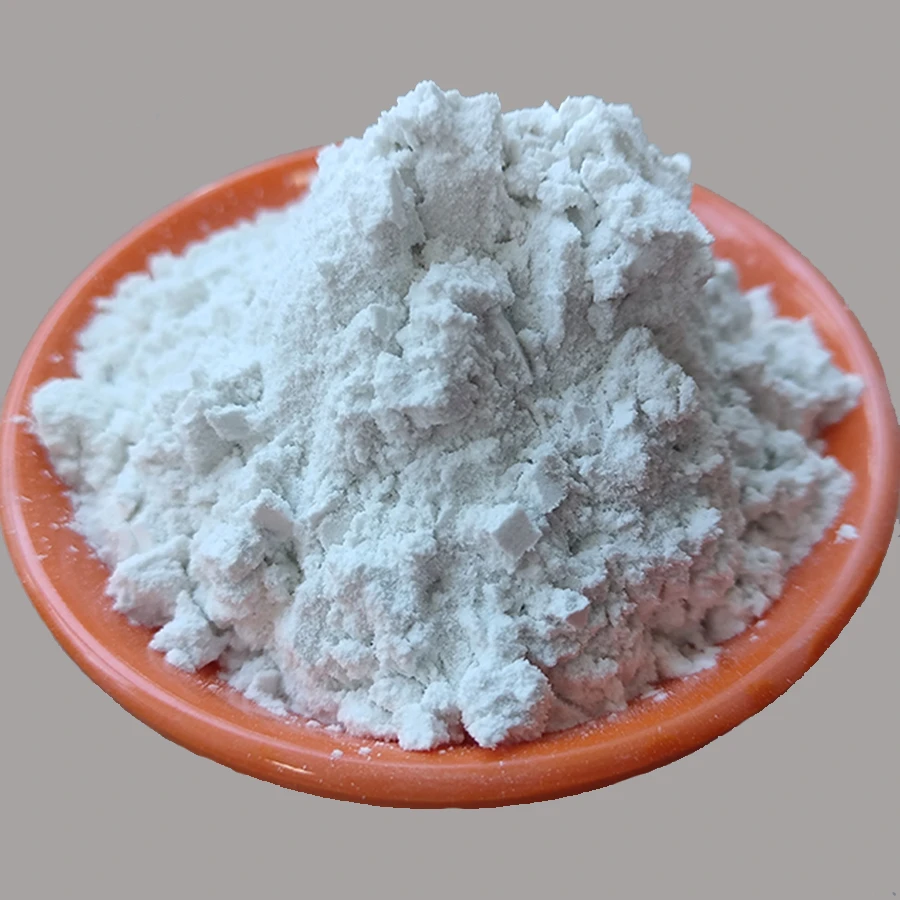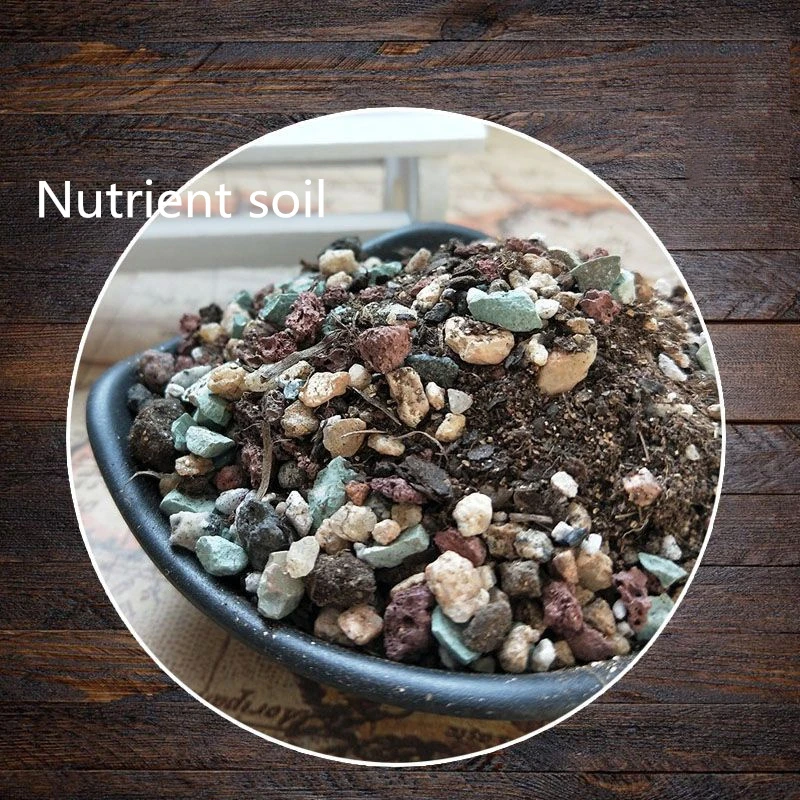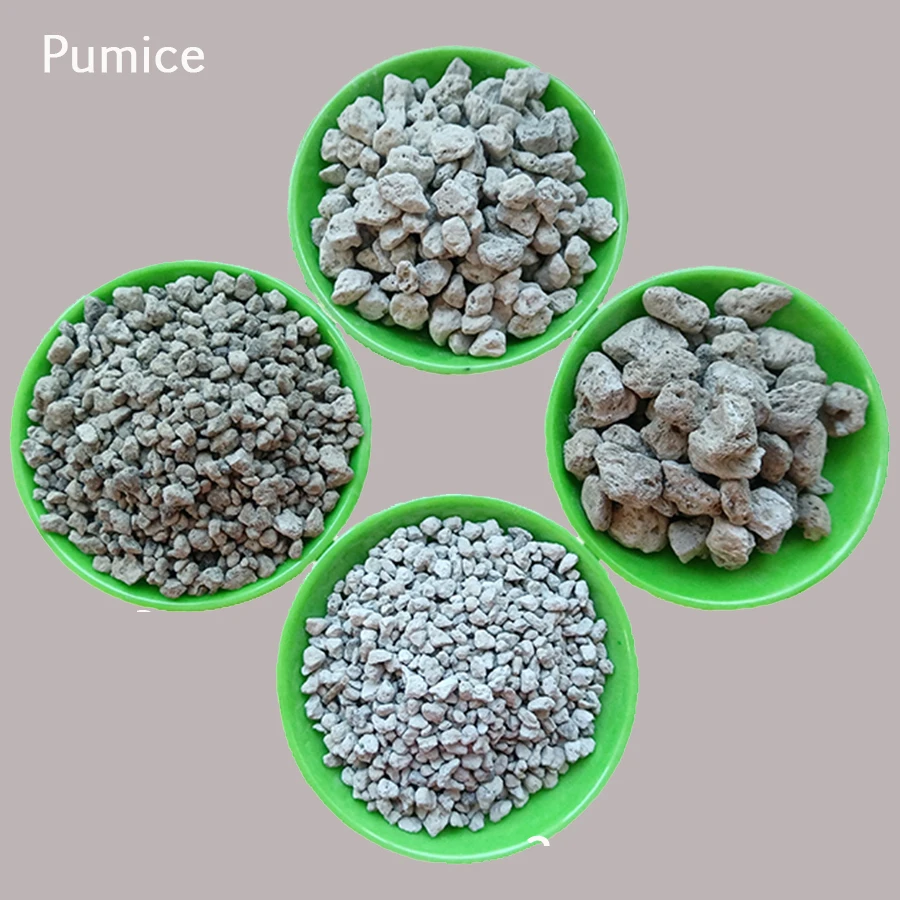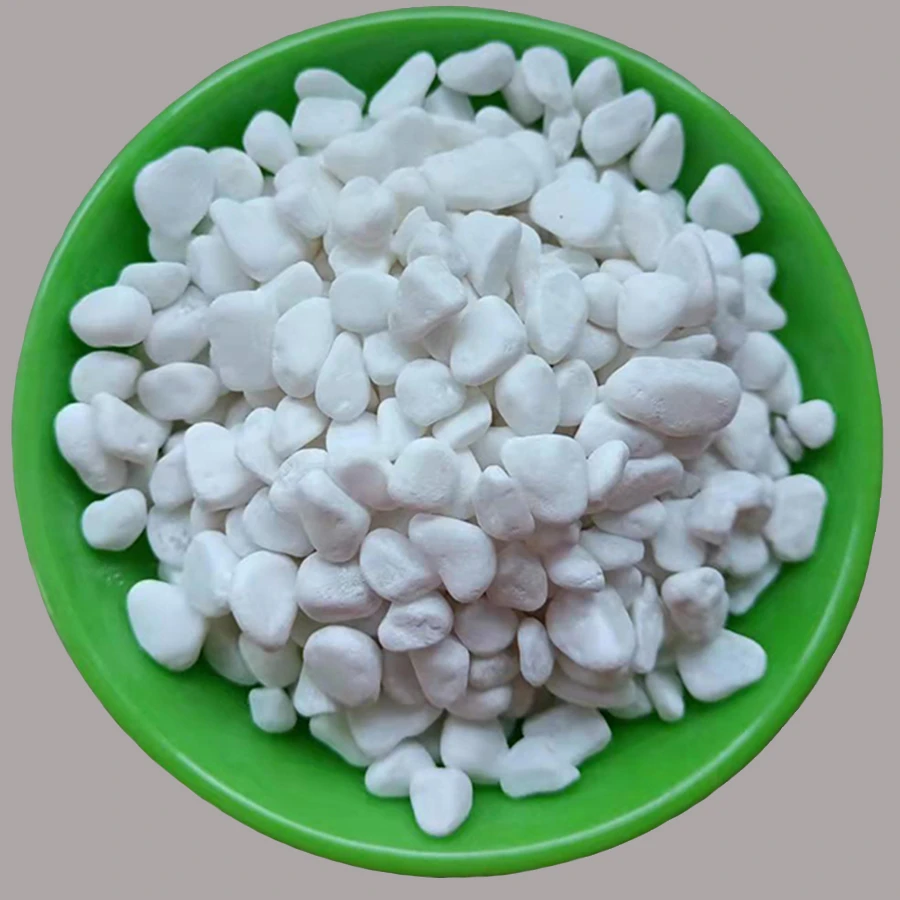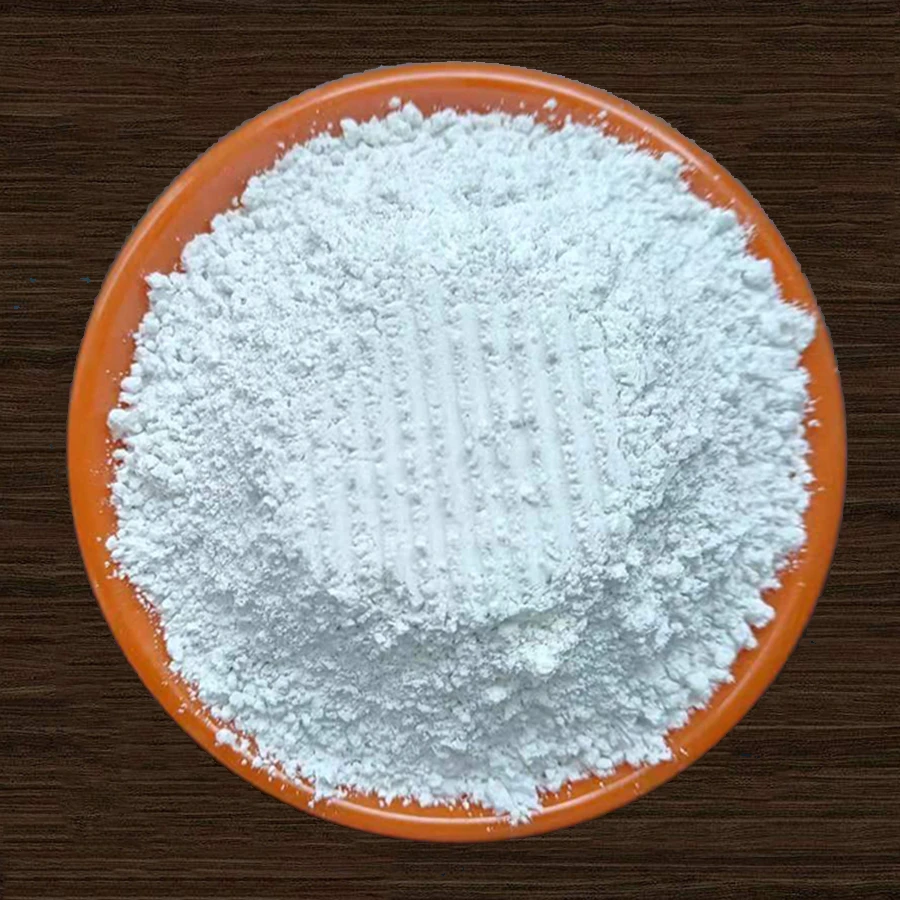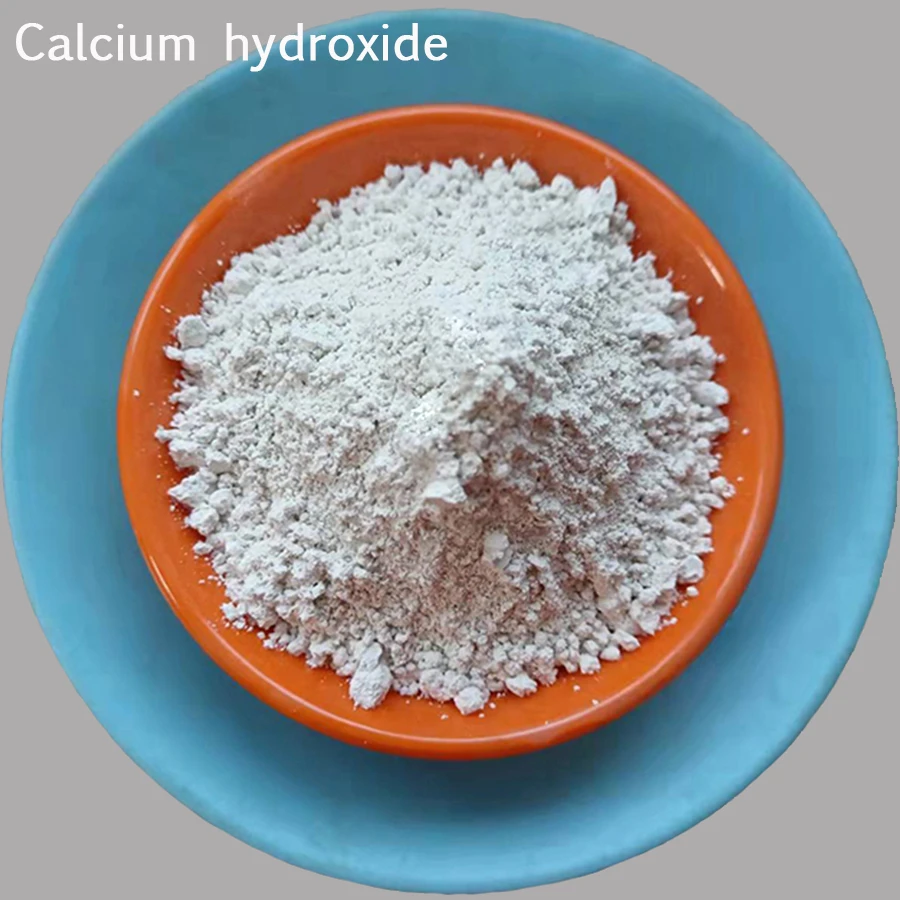
- Afrikaans
- Albanian
- Arabic
- Belarusian
- Bengali
- Czech
- Danish
- Dutch
- English
- Finnish
- French
- Galician
- German
- Greek
- Hebrew
- Hungarian
- Indonesian
- irish
- Italian
- Japanese
- Javanese
- kazakh
- Khmer
- Rwandese
- Korean
- Kyrgyz
- Lao
- Latin
- Latvian
- Lithuanian
- Malay
- Maltese
- Mongolian
- Myanmar
- Norwegian
- Persian
- Polish
- Portuguese
- Romanian
- Russian
- Serbian
- Slovak
- Spanish
- Swedish
- Tagalog
- Thai
- Turkish
- Ukrainian
- Vietnamese
- Welsh
The Strategic Significance of Graphite in Modern Industrial Ecosystems
In the realm of advanced materials, Graphite stands as a material of unparalleled versatility and critical importance, underpinning a vast array of high-tech and traditional industries. Its unique combination of properties—extreme temperature resistance, excellent electrical and thermal conductivity, self-lubrication, and chemical inertness—positions it as an indispensable component in everything from cutting-edge electronics and energy storage solutions to heavy industrial applications. The global demand for graphite, both natural and synthetic, is experiencing a significant surge, primarily driven by the burgeoning electric vehicle (EV) battery market, where it serves as the anode material, and the increasing adoption of renewable energy technologies requiring robust energy storage systems. Beyond batteries, graphite's utility extends into metallurgy, refractories, lubricants, nuclear reactors, and high-performance composites, each application leveraging specific attributes of this remarkable carbon allotrope. Understanding the intricate details of graphite's composition, its sophisticated manufacturing processes, and its diverse applications is paramount for B2B decision-makers seeking to optimize material selection, enhance product performance, and secure supply chain resilience in a rapidly evolving industrial landscape. The ongoing research into advanced graphite forms, such as graphene and its derivatives, further underscores the material's potential to revolutionize future technologies, promising even greater efficiencies and capabilities across various sectors. This comprehensive overview aims to dissect the multifaceted world of graphite, providing a deep dive into its industrial relevance, technical specifications, and strategic implications for contemporary businesses.
The Advanced Manufacturing Process of High-Performance Graphite
The production of high-quality industrial Graphite, especially synthetic graphite, is a complex, energy-intensive process requiring stringent quality control at every stage to ensure the desired material properties are achieved. The core raw materials typically involve petroleum coke and coal tar pitch, which are carbonaceous precursors. The initial step, known as calcination, involves heating the coke to extremely high temperatures (around 1200-1300°C) in a rotary kiln or shaft furnace. This process removes volatile impurities, densifies the coke, and improves its crystalline structure, forming what is known as calcined petroleum coke (CPC). Following calcination, the CPC is crushed and ground into a fine powder, and then carefully mixed with a binder, typically coal tar pitch, to form a homogeneous paste. This paste then undergoes a forming process, which can involve extrusion or molding. Extrusion is commonly used for producing graphite electrodes and rods, where the paste is forced through a die under high pressure. Molding, conversely, is suitable for creating blocks and larger shapes. After forming, the "green" carbon products are baked or carbonized in large, insulated furnaces under controlled atmospheric conditions, reaching temperatures up to 800-1200°C. This baking process transforms the binder pitch into a carbon matrix, significantly increasing the material's strength and stability, and driving off remaining volatiles. The critical next step is graphitization, where the baked carbon material is heated to extraordinarily high temperatures, typically between 2500°C and 3000°C, in an Acheson furnace or an electric resistance furnace. During graphitization, the amorphous carbon atoms in the material rearrange into the highly ordered, hexagonal crystalline lattice structure characteristic of Graphite. This heat treatment drastically enhances the material's electrical and thermal conductivity, increases its purity, and improves its lubricity. For certain specialized applications, an additional purification step might be employed, often involving halogen treatment at high temperatures, to reduce ash content to ultra-low levels, which is crucial for nuclear, semiconductor, and high-purity metallurgical applications. Throughout this entire process, rigorous inspection standards such as ISO (International Organization for Standardization) and ANSI (American National Standards Institute) are adhered to, ensuring consistency in material properties like density, resistivity, flexural strength, and thermal expansion. The resulting graphite products boast an exceptional service life due to their inherent durability and resistance to harsh environments. They find extensive application in sectors like petrochemicals (e.g., heat exchangers, process equipment linings due to corrosion resistance), metallurgy (e.g., electrodes for arc furnaces, molds due to high thermal shock resistance), and water/wastewater treatment (e.g., bearings and seals due to self-lubricating properties), often contributing to significant energy savings and superior corrosion resistance compared to traditional materials. This meticulous manufacturing ensures that the final Graphite product meets the demanding specifications required for advanced industrial use.

Key Technical Parameters and Performance Metrics of Industrial Graphite
The performance of Graphite in its myriad applications is intrinsically linked to its specific technical parameters, which are meticulously controlled during its manufacturing process. These parameters dictate its suitability for various demanding industrial environments and are critical for engineers and procurement specialists to consider. Density is a fundamental characteristic, typically ranging from 1.65 to 1.95 g/cm³ for bulk graphite, influencing mechanical strength, thermal conductivity, and permeability. Higher density often correlates with superior mechanical properties and lower porosity. Electrical resistivity is another key parameter, showcasing graphite's excellent conductivity; for industrial grades, it commonly falls within 7 to 15 µΩ·m, making it ideal for electrodes and heating elements. Thermal conductivity, particularly at elevated temperatures, is remarkable, with values varying significantly based on the graphite's structure and orientation. For example, anisotropic graphite, common in natural forms, exhibits different conductivity along and perpendicular to its basal planes, while isotropic synthetic graphite offers uniform heat dissipation. Flexural strength (or bending strength) and compressive strength are vital mechanical properties, indicating the material's ability to withstand stress. Typical flexural strengths range from 15 to 40 MPa, with compressive strengths significantly higher, often exceeding 50 MPa. These values are crucial for structural components and applications involving mechanical load. Ash content, representing residual impurities, is a critical purity indicator; standard industrial grades might have 0.1% to 1% ash, while high-purity nuclear or semiconductor Graphite requires levels as low as 5 ppm. Pore size and porosity influence permeability and are important for applications requiring gas or liquid transport, such as fuel cells or filtration. Coefficient of Thermal Expansion (CTE) is also significant, as graphite typically has a very low CTE, enhancing its thermal shock resistance and dimensional stability across wide temperature fluctuations. Understanding these parameters, often specified according to ASTM (American Society for Testing and Materials) or ISO standards, enables precise material selection for optimal performance in demanding applications, from high-temperature furnaces to electrochemical processes. This deep understanding allows B2B buyers to differentiate between grades and select the most cost-effective and functionally appropriate Graphite solution, ensuring both operational efficiency and longevity of components.
Typical Graphite Technical Specifications
| Property | Unit | Industrial Grade Graphite | High-Purity Graphite |
|---|---|---|---|
| Bulk Density | g/cm³ | 1.70 - 1.85 | 1.80 - 1.95 |
| Electrical Resistivity | µΩ·m | 8 - 12 | 7 - 10 |
| Thermal Conductivity (at 25°C) | W/(m·K) | 90 - 150 | 120 - 200 |
| Flexural Strength | MPa | 20 - 35 | 25 - 40 |
| Compressive Strength | MPa | 50 - 80 | 60 - 100 |
| Ash Content | % | ||
| Hardness (Shore A) | - | 45 - 60 | 50 - 65 |

Diverse Application Scenarios Across Key Industries for Graphite
The unparalleled properties of Graphite grant it a prominent role across an astonishingly diverse range of industrial sectors, each leveraging its unique characteristics for optimized performance and operational efficiency. In the burgeoning energy sector, particularly within electric vehicle (EV) batteries and grid-scale energy storage, graphite serves as the foundational anode material for lithium-ion batteries, where its layered structure allows for efficient lithium-ion intercalation and de-intercalation, enabling high energy density and long cycle life. This application alone accounts for a significant and growing portion of global graphite demand, driving innovation in both natural and synthetic Graphite production. Beyond batteries, graphite's exceptional thermal and electrical conductivity makes it indispensable in metallurgy. It is extensively used as electrodes in electric arc furnaces (EAFs) for steel and ferroalloy production, where it withstands extreme temperatures and provides the electrical current necessary for melting metals. Furthermore, graphite is crucial in the production of refractory materials due to its high melting point and resistance to thermal shock, finding use in furnace linings, crucibles, and molds for casting. The chemical processing industry benefits from graphite's remarkable chemical inertness and corrosion resistance, even against highly aggressive acids and alkalis. This makes it an ideal material for heat exchangers, reaction vessels, pumps, and piping in petrochemical plants, pharmaceutical manufacturing, and other chemical processing facilities, significantly extending equipment lifespan and reducing maintenance costs. Its self-lubricating properties, derived from the weak van der Waals forces between its carbon layers, make it an excellent choice for bearings, seals, and bushings in challenging environments, such as high temperatures, corrosive atmospheres, or where traditional lubricants are unsuitable, seen in industries like aerospace and high-speed machinery. In the nuclear industry, high-purity Graphite acts as a neutron moderator and reflector in reactors, a testament to its structural integrity and resistance to radiation damage. The electronics sector utilizes graphite for thermal management solutions, such as heat sinks and spreaders, due to its superior thermal conductivity, ensuring efficient cooling of sensitive electronic components. Additionally, it plays a role in semiconductor manufacturing for various jigs, fixtures, and susceptors due to its purity and thermal stability. The broad applicability of graphite underscores its critical role as an enabling material that drives technological advancement and operational excellence across a spectrum of industries, providing solutions that enhance durability, efficiency, and sustainability.

Unpacking the Technical Advantages of Advanced Graphite Solutions
The intrinsic technical advantages of Graphite make it a superior choice over many traditional materials in demanding industrial applications, offering benefits that directly translate into operational efficiencies, cost savings, and enhanced safety. One of its most significant advantages is its exceptional high-temperature stability. Unlike metals that soften or melt at high temperatures, graphite maintains its mechanical strength and structural integrity even in inert or reducing atmospheres at temperatures exceeding 2500°C, and up to 600°C in oxidizing environments. This property is crucial for its use in furnaces, kilns, and high-temperature processing equipment, ensuring reliability and longevity where other materials would fail. Coupled with this is its remarkable thermal shock resistance, largely due to its low coefficient of thermal expansion (CTE) and high thermal conductivity. Graphite can withstand rapid temperature changes without cracking or deforming, a vital attribute for applications like continuous casting molds and components in thermal cycling processes, leading to reduced downtime and increased productivity. Furthermore, the chemical inertness of Graphite is a substantial advantage. It exhibits excellent resistance to most acids, alkalis, and corrosive gases, making it an ideal material for constructing chemical processing equipment, such as heat exchangers, reactors, and pumps, especially in industries dealing with aggressive media like hydrofluoric acid or concentrated sulfuric acid. This corrosion resistance not only extends the service life of equipment but also minimizes environmental impact by preventing material degradation and leakage. Its electrical conductivity is another key benefit, making it suitable for electrodes in electrochemical processes, EDM (Electrical Discharge Machining) applications, and as current collectors in batteries and fuel cells. The self-lubricating nature of graphite is a unique mechanical advantage, significantly reducing friction and wear in moving parts. This property eliminates the need for external lubricants in many cases, simplifying maintenance, reducing contamination, and enabling operation in extreme conditions (e.g., vacuum, high temperature) where conventional lubricants cannot be used. This leads to energy savings by reducing frictional losses and extends the lifespan of machinery. Lastly, the machinability of Graphite is an underrated but critical advantage. Despite its hardness, graphite can be machined with high precision into complex shapes using standard tools, allowing for intricate designs and tight tolerances, which is essential for customized solutions and high-performance components. These combined technical advantages underscore why graphite is not merely a material but a strategic enabler for industries seeking to push the boundaries of performance and efficiency.
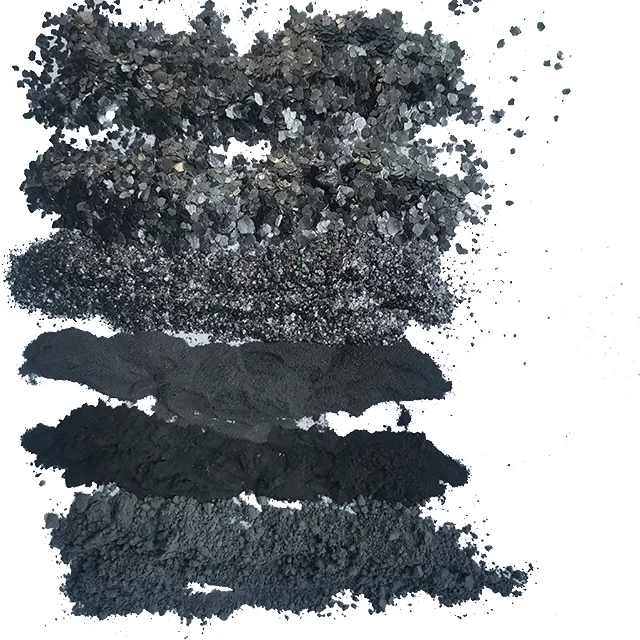
Navigating the Global Graphite Market: Manufacturer Comparison & Selection Criteria
Selecting the right Graphite supplier is a critical strategic decision for B2B entities, impacting product quality, supply chain reliability, and ultimately, profitability. The global Graphite market is characterized by a mix of established multinational corporations and specialized niche manufacturers, each with varying capabilities in terms of product range, material purity, customization options, and geographic reach. When evaluating potential suppliers, several key criteria should be rigorously assessed. Firstly, material purity and consistency are paramount. Leading manufacturers demonstrate stringent quality control processes, often certified to international standards like ISO 9001:2015, ensuring that their graphite consistently meets specified technical parameters such as ash content, density, and electrical resistivity. This consistency is vital for applications where even minor variations can lead to performance degradation or product failure, such as in semiconductor processing or nuclear applications. Secondly, the breadth of their product portfolio and their expertise in different graphite types—natural flake, amorphous, expandable, and synthetic—is important. A manufacturer with deep expertise across various forms of Graphite is better positioned to offer tailored solutions. For instance, a company specializing in synthetic graphite might excel in producing high-purity, isotropic grades for battery anodes or EDM electrodes, while another might focus on natural flake for refractories or lubricants. Thirdly, manufacturing capabilities and technological sophistication are crucial. Advanced manufacturing processes, including state-of-the-art graphitization furnaces and precision machining capabilities, enable the production of complex geometries and tight tolerances required for high-performance components. A vendor's investment in R&D indicates their commitment to innovation and ability to meet future material challenges. Fourthly, customization capabilities are increasingly important in a market demanding highly specific solutions. The ability to tailor graphite properties, dimensions, and finishes to precise application requirements, often through collaborative engineering, distinguishes a proactive partner from a mere supplier. This includes modifying graphite for enhanced oxidation resistance, specific thermal conductivity, or unique porosity structures. Finally, logistical efficiency, delivery reliability, and post-sales support, including technical consultation and troubleshooting, are non-negotiable factors for ensuring a smooth supply chain and successful project execution. Companies with robust global distribution networks and dedicated technical support teams can significantly mitigate risks. By meticulously evaluating these criteria, businesses can forge strong, reliable partnerships with Graphite manufacturers that align with their long-term strategic objectives and operational needs, ensuring access to high-quality materials and expert support.
Comparative Overview: Types of Industrial Graphite
| Characteristic | Natural Graphite (Flake/Amorphous) | Synthetic Graphite (Isotropic/Anisotropic) |
|---|---|---|
| Source | Mined from geological deposits | Produced from petroleum coke/coal tar pitch |
| Purity | Variable, requires purification; up to 99.9% C | High, can be purified to >99.999% C |
| Structure | Crystalline, often anisotropic (layered flakes) | Fine-grained, can be isotropic or anisotropic |
| Density | Lower (1.6 - 1.8 g/cm³) | Higher (1.7 - 1.9 g/cm³) |
| Electrical Conductivity | Good, but varies with orientation | Excellent, more uniform (especially isotropic) |
| Thermal Conductivity | Good, but varies with orientation | Excellent, more uniform (especially isotropic) |
| Mechanical Strength | Moderate, depends on flake size/orientation | Higher, more consistent |
| Primary Applications | Refractories, lubricants, batteries (anodes), pencils | Electrodes, EDM, nuclear, aerospace, battery anodes, heat sinks |
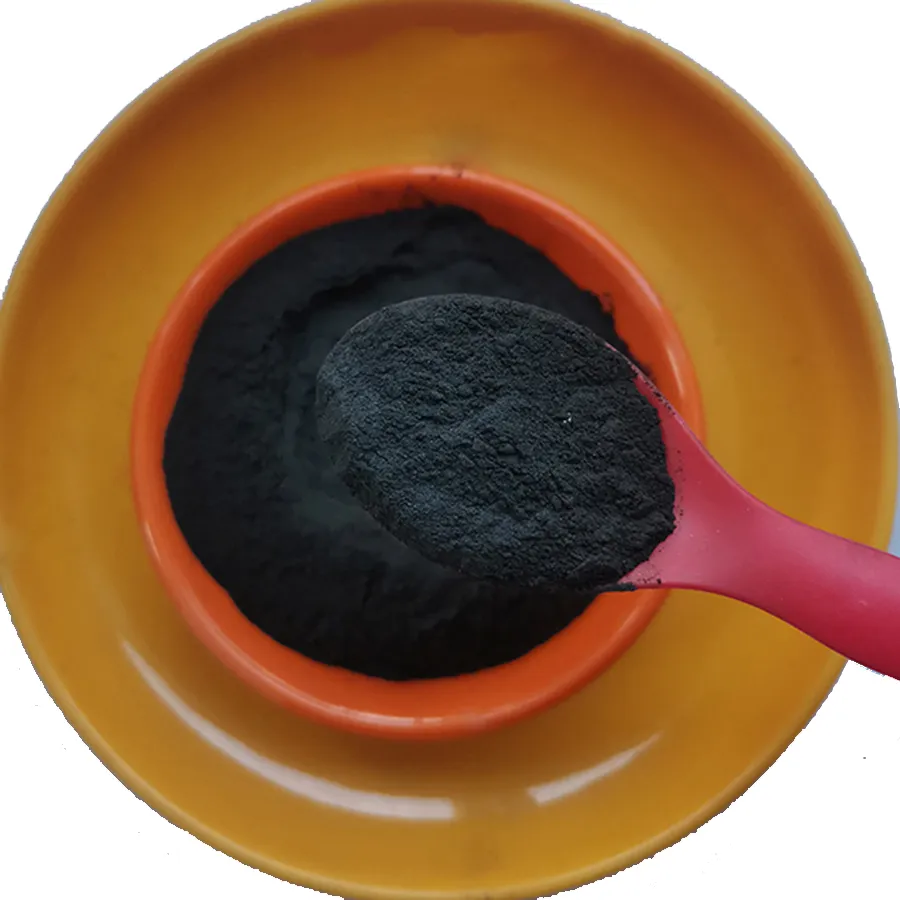
Tailored Graphite Solutions: Customization and Engineering Excellence
In today's highly specialized industrial landscape, off-the-shelf Graphite products often fall short of meeting the precise and stringent requirements of advanced applications. This necessitates a strong emphasis on customized Graphite solutions, where engineering excellence and close collaboration with clients are paramount. A truly professional Graphite provider goes beyond simply supplying standard forms; they engage in a consultative approach to understand the intricate operational challenges and performance demands of each unique application. This often begins with a thorough analysis of the client's specifications, including environmental conditions (temperature, atmosphere, chemical exposure), mechanical stresses, electrical requirements, and desired service life. Based on this comprehensive assessment, expert engineers can recommend the optimal grade of graphite, whether it be fine-grain isotropic, coarse-grain anisotropic, or ultra-high purity graphite, and then precisely tailor its physical and chemical properties through controlled manufacturing processes. Customization extends to the dimensions and geometries of the final product. Leveraging advanced CNC machining, EDM (Electrical Discharge Machining), and precision grinding capabilities, complex shapes with tight tolerances can be fabricated, ranging from intricate battery components and specialized furnace parts to unique seals and bearings. Surface treatments can also be applied to enhance specific properties, such as impregnation with resins or metals to reduce porosity and increase strength, or application of coatings (e.g., silicon carbide) for improved oxidation resistance at elevated temperatures. For instance, in a critical aerospace application requiring lightweight, high-temperature structural components, a custom Graphite solution might involve specific density control, enhanced thermal conductivity in a particular direction, and a tailored anti-oxidation coating to ensure long-term performance in extreme conditions. Similarly, in a chemical processing plant dealing with aggressive acids, a custom graphite heat exchanger could be designed with specific pore structures and impregnated materials to optimize heat transfer efficiency while maximizing corrosion resistance and minimizing permeability. The ability to provide comprehensive engineering support, from initial design consultation and material selection to prototyping, testing, and final production, is what distinguishes a leading custom Graphite solution provider. This collaborative approach not only ensures the optimal performance of the graphite component but also streamlines the client's product development cycle, reduces potential risks, and ultimately delivers a more cost-effective and durable solution perfectly aligned with their operational needs.

Real-World Application Success Stories & Illustrative Case Studies for Graphite
The theoretical advantages of Graphite translate into tangible benefits and successful outcomes across diverse real-world applications, serving as compelling evidence of its indispensable role in modern industry. These success stories highlight how thoughtful material selection and expert engineering can lead to significant improvements in efficiency, longevity, and performance. One prominent case study involves the use of high-purity Graphite in the burgeoning lithium-ion battery market. A leading EV manufacturer sought to improve the energy density and cycle life of their battery cells. By collaborating with a specialized Graphite producer, they were able to source a customized synthetic graphite anode material with optimized particle size distribution, specific surface area, and crystalline structure. This tailored graphite enabled the battery cells to achieve a 15% increase in energy density and extended cycle life by 20% compared to previous generations, directly contributing to longer EV ranges and enhanced battery durability, as evidenced by internal testing and customer feedback. Another compelling example is in the metallurgical industry, where a large steel producer faced persistent issues with premature wear and thermal shock cracking of their electric arc furnace (EAF) electrodes. By switching to ultra-high power (UHP) Graphite electrodes from a reputable supplier known for stringent quality control and advanced graphitization techniques, they observed a significant reduction in electrode consumption and fewer instances of breakage. This change resulted in a 10% decrease in operational costs associated with electrode replacement and an increase in furnace uptime by 5%, directly impacting their production capacity and profitability. In the chemical processing sector, a major pharmaceutical company struggled with corrosion in their heat exchangers handling aggressive hydrochloric acid. Traditional metallic exchangers suffered from frequent failures, leading to costly downtime and safety concerns. The implementation of impervious graphite heat exchangers, custom-designed to resist the specific chemical attack and operate efficiently at the required temperatures, completely eliminated the corrosion issues. This transition resulted in a payback period of less than two years due to drastically reduced maintenance costs and uninterrupted production, showcasing graphite's superior corrosion resistance and longevity. Lastly, consider a challenging application in vacuum furnaces for material processing, where traditional bearings failed due to lack of lubrication at high temperatures and in a vacuum environment. Replacing these with self-lubricating Graphite bearings, designed for the specific load and speed requirements, provided a maintenance-free solution that significantly extended the furnace's operational intervals, leading to improved throughput and reduced operational expenses. These illustrative cases underscore that investing in high-quality, application-specific Graphite solutions is not just about material procurement but about strategic partnerships that drive innovation and deliver measurable improvements in industrial performance.

Ensuring Quality and Trust: Standards, Support & FAQ for Graphite Solutions
Building trust and ensuring consistent quality are foundational pillars for any leading Graphite supplier in the B2B sector. This commitment is demonstrated through adherence to rigorous international standards, transparent operational practices, robust customer support, and clear communication regarding product performance and expectations. Reputable manufacturers of Graphite products consistently operate under internationally recognized quality management systems such as ISO 9001:2015, which certifies their commitment to consistently meeting customer and regulatory requirements. Furthermore, environmental management systems like ISO 14001 demonstrate their dedication to sustainable and responsible manufacturing processes. For specific applications, adherence to industry-specific standards, such as ASTM (American Society for Testing and Materials) for material testing and characterization, or nuclear-grade specifications for nuclear reactor components, provides an additional layer of assurance regarding product integrity and safety. Our company prides itself on a legacy of over 20 years in the Graphite industry, consistently delivering high-performance materials to global partners. We have accumulated extensive test data and conducted thorough chart analysis over decades, validating our product specifications and performance claims, all of which can be provided upon request for client review. Our authoritative position in the market is reinforced by numerous long-term partnerships with Fortune 500 companies across petrochemical, metallurgical, and advanced materials sectors. Regarding trustworthiness, we offer transparent delivery cycle explanations, with typical lead times clearly communicated during the quotation process, acknowledging potential variations for highly customized orders. Our robust logistics network ensures efficient and timely global delivery. Each Graphite product comes with a comprehensive quality assurance commitment, backed by detailed material certificates and test reports confirming adherence to agreed-upon specifications. In the unlikely event of product issues, our responsive customer support team is readily available for technical assistance, troubleshooting, and warranty claims, ensuring minimal disruption to client operations. We provide a full 12-month warranty on our products against manufacturing defects, underscoring our confidence in their quality and durability. To further address common queries and build confidence, here is a dedicated FAQ module:
Frequently Asked Questions (FAQ) about Industrial Graphite
Q1: What is the typical lead time for custom Graphite components?
A1: Lead times for custom Graphite components can vary depending on complexity, raw material availability, and current production schedules. Generally, for bespoke solutions, lead times range from 4 to 12 weeks from confirmed order and design finalization. Standard products typically have shorter lead times of 2-4 weeks. We provide clear estimates at the quotation stage.
Q2: How do you ensure the purity of your high-purity Graphite?
A2: Our high-purity Graphite undergoes an advanced multi-stage purification process, often involving halogen treatment at extremely high temperatures (up to 3000°C), which volatilizes most metallic and non-metallic impurities. Each batch is subjected to rigorous analytical testing, including spectroscopic methods (e.g., ICP-MS), to ensure impurity levels meet or exceed client specifications, often reaching 5 ppm or less for critical applications.
Q3: Can Graphite be used in oxidizing atmospheres at high temperatures?
A3: While Graphite excels at high temperatures in inert or reducing atmospheres, it begins to oxidize significantly above 450-500°C in the presence of oxygen. For applications requiring high-temperature performance in oxidizing environments, we offer specialized anti-oxidation coatings (e.g., silicon carbide or proprietary ceramic layers) or composite solutions that protect the graphite from degradation, extending its service life considerably.
Q4: What kind of after-sales support do you provide?
A4: We provide comprehensive after-sales support including technical consultation, application troubleshooting, and product performance analysis. Our dedicated team of engineers and customer service professionals is available to assist with any queries or challenges that may arise post-purchase, ensuring seamless integration and optimal performance of our Graphite solutions.
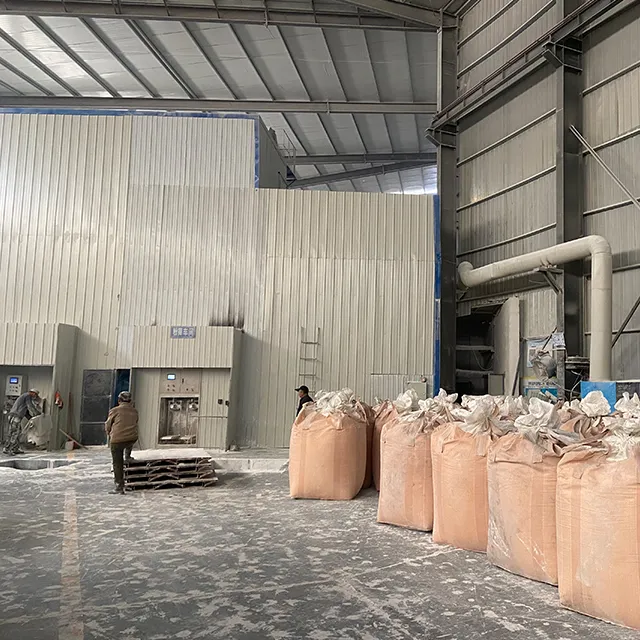
Future Outlook and Sustainability in the Graphite Industry
The trajectory of the Graphite industry is profoundly influenced by global macro-trends, particularly the accelerating shift towards electrification and sustainable energy solutions. The demand for both natural and synthetic Graphite is projected to grow significantly in the coming decades, primarily driven by the exponential expansion of the electric vehicle (EV) market and grid-scale energy storage systems, which are heavily reliant on graphite as the primary anode material in lithium-ion batteries. This surge in demand necessitates not only an increase in production capacity but also a concerted effort towards sustainable sourcing and manufacturing practices. Innovations in natural Graphite processing, such as more environmentally friendly beneficiation techniques and advanced purification methods, are critical to minimize environmental impact. For synthetic Graphite, the focus is on optimizing energy efficiency in the high-temperature graphitization process, exploring renewable energy sources for manufacturing, and developing methods to recycle carbonaceous waste materials as precursors. Beyond batteries, emerging applications for Graphite and its derivatives, like graphene, are poised to open new frontiers. Graphene, a single layer of carbon atoms arranged in a hexagonal lattice, exhibits extraordinary electrical, thermal, and mechanical properties, promising revolutionary advancements in fields such as flexible electronics, advanced sensors, ultra-filtration, and high-strength composites. Research and development efforts are intensifying to scale up graphene production economically and integrate it into commercial products, which could significantly broaden the demand for high-quality graphite precursors. Furthermore, the role of Graphite in the hydrogen economy, particularly in fuel cells and hydrogen storage solutions, is gaining traction. Its excellent electrical conductivity and chemical stability make it suitable for bipolar plates in fuel cells, while ongoing research explores its potential as a lightweight, efficient material for hydrogen adsorption. The circular economy principles are also gaining importance, with increasing efforts towards recycling graphite from end-of-life batteries to recover valuable materials and reduce reliance on virgin resources. This includes developing efficient and scalable processes for dismantling batteries and extracting high-purity graphite for re-use. The industry is also witnessing trends towards greater supply chain transparency and traceability, driven by increasing regulatory scrutiny and consumer demand for responsibly sourced materials. This involves adopting advanced digital tools to track graphite from mine to end-product, ensuring ethical and environmentally sound practices throughout the value chain. As industries continue to evolve towards higher performance, greater efficiency, and reduced environmental footprint, Graphite will remain a pivotal material, with ongoing innovation in its production and application shaping the future of advanced manufacturing and energy technologies. The long-term outlook for Graphite is robust, driven by its irreplaceable role in powering the next generation of industrial and consumer innovations.

Authoritative References and Further Reading
- [1] Mineral Commodity Summaries 2024: Graphite. U.S. Geological Survey. Available at: https://pubs.usgs.gov/periodicals/mcs2024/mcs2024-graphite.pdf
- [2] The Critical Role of Graphite in a Sustainable Future. World Nuclear Association. Available at: https://www.world-nuclear.org/information-library/industrial-applications/critical-minerals/graphite.aspx
- [3] Lithium-Ion Battery Technology and Its Evolution. Journal of Materials Chemistry A, Royal Society of Chemistry. Available at: https://pubs.rsc.org/en/content/articlelanding/2020/ta/d0ta05342k (Note: Actual access requires subscription/institutional access for full article).
- [4] Advanced Carbon Materials for Energy Storage. Materials Today, Elsevier. Available at: https://www.sciencedirect.com/journal/materials-today (Search for relevant articles on graphite in energy storage).
- [5] Graphite: Properties, Production, and Applications. Industrial Minerals Association. Available at: (A general search for "Industrial Minerals Association graphite" may yield relevant public resources or reports).
Related News



